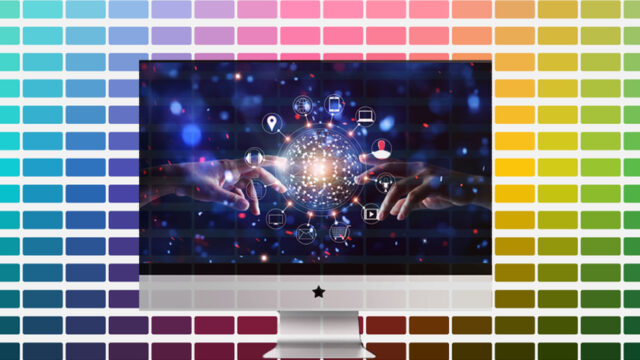The world is going through a digital revolution in its true sense. Whether it is client meetings, school classes, meetings, social gatherings, everything is available in the virtual world. A new arena that is booming now is the Digital Art. Unlike earlier times, when technology and arts were seen as two diverse compartments, digital art and Non- Fungible Tokens (NFT) together are making way for an amalgamation of the two. While Digital Art has been in business for quite some years, it is the recent development of NFT that have given it a new angle.
NFTs ensure that the digital art bought online are verified as the ownership of a specific person. They are as good as physical owning an art piece and provide credibility to the buyer.
Digital Art has been gaining interest due to the dependency on virtual world in this generation. South east Asia is a region rich in art and culture. A Zurich based firm called Julius Baer introduced a prize for South east Asia to encourage young artists and their expressions. Forbes reported that the award aims at combining the two worlds – emerging art in the region with the technological development.
The use of Artificial Intelligence in Art is another area which has started showing progress. Hong Kong witnessed an auction that sold artwork designed by a robot Sophia. This proves the expanding horizon of Artificial Intelligence in every domain today. Reuters reported that Sophia had been using complex algorithms to ensure uniqueness of the art that she produces. Iterative loops of evolution helped the robot in keeping the creative content high.
Keeping pace with the changing times, the digital art revolution has automatically increased the acceptance value of cryptocurrencies . It is possible to merge the two ‘distinct’ worlds and own something beautiful. There is work being done towards digital exhibitions, digital museums and so on. India too has been promoting the project to develop a National Digital Repository for Museums of India since 2016. Recently, an Indian blockchain entrepreneur Vignesh Sundaresan paid a hefty USD 63 million for a piece of digital art. Thus, began the debate for the scope of digital art. He claims to take the idea of a digital art museum forward.
India has been investing heavily in Artificial Intelligence and Digital revolution. Its advance in the field of art will be worth observing considering the huge talent that the country possesses. This will be a great opportunity to generate employment and inspire artists in non-accessible geographical locations too. With streamlines efforts aimed at making technology easy to attain, Digital Art will be a big boon India.









